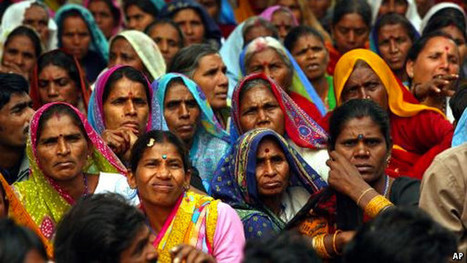"Diwali, one of the biggest holidays in Indian culture, is a five-day festival of lights celebrated worldwide by Hindus, Sikhs and Jains. This year, the traditional day of Diwali falls on Oct. 30, though celebrations span the entire week leading up to and following the holiday, which marks the triumph of good over evil."
Via CT Blake



 Your new post is loading...
Your new post is loading...



















